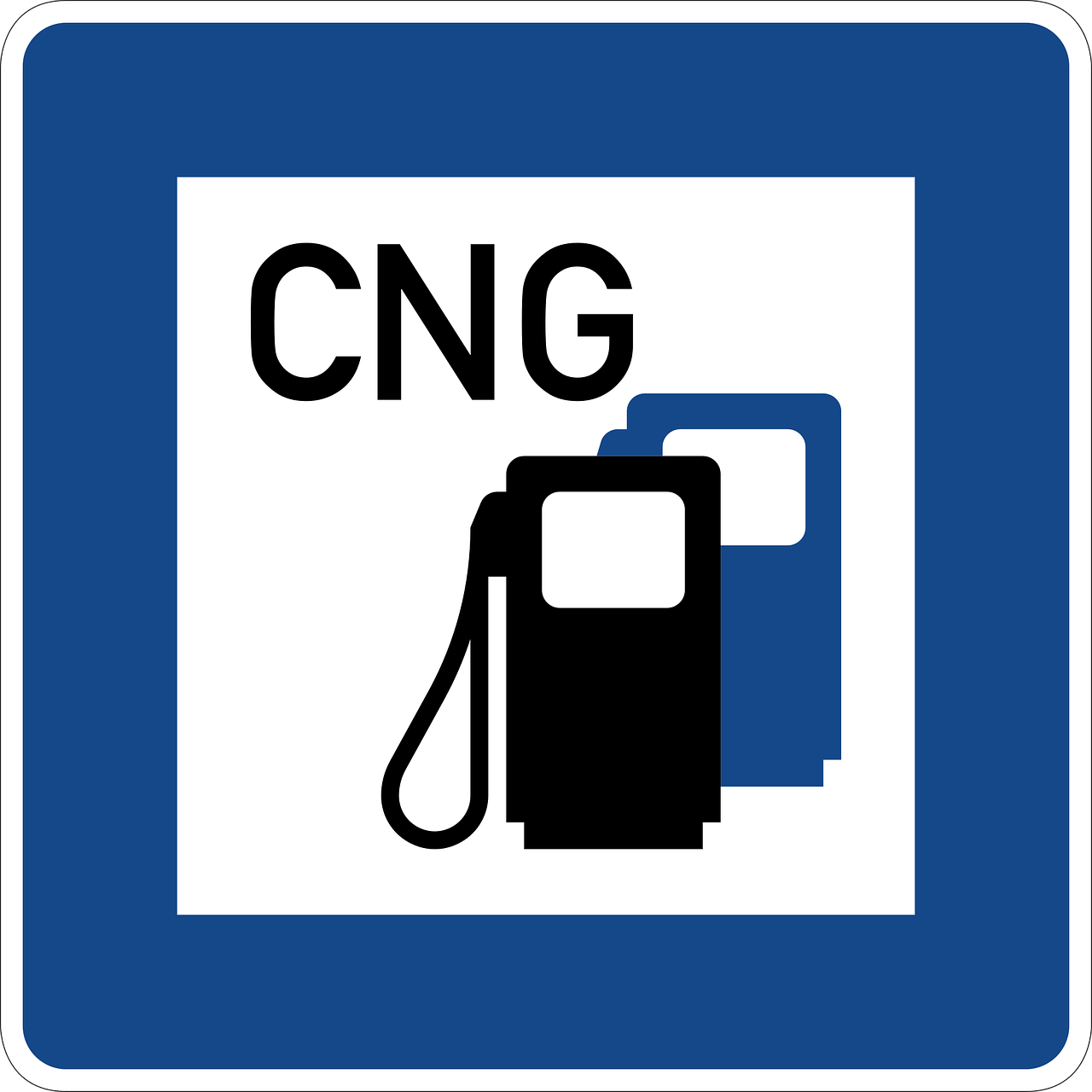The natural gas and oil industry is one of the continually rising and thriving industries in the whole world. This is because the use of compressed natural gas, or also known as CNG, is growing in significance as several city-owned cars are starting to convert to this kind of fuel. Even if it’s not considered as a renewable source of energy, compressed natural gas still has some advantages when compared to other fossil fuels like petroleum. This is why in this article, we are going to know some of the interesting facts that you should know about compressed natural gas as a fuel. Meanwhile, if you want to buy new and high-quality car struts, open the given link.
What is Compressed Natural Gas?
Compressed natural gas is made when natural gas is kept in a production facility under high pressure. In order to do this process successfully, the use of equipment such as gas compressors might be needed so that people can create the product safely.
CNG or compressed natural gas is a fossil fuel that is made of hydrogen, carbon, and methane. This is an organic compound that is located and deposited deep below the Earth’s surface. Even if there is no unlimited amount of the resource to can last forever, experts say that they have learned there is enough of it that can outlast the world’s remaining amount of petroleum.
Is Compressed Natural Gas Safe?
This is probably one of the first frequently asked questions about the use of CNG. This is possibly because it has stealth persona, which tends to be colorless and odorless gas. Most of us may probably feel fear and worries of explosion when it comes to natural gasses. However, compressed natural gas has actually grown in popularity because it is seen and proven by those who are actually familiar with CNGs, as a safe fuel choice. In fact, you don’t have to be an expert to see why CNG is actually considered to be more reliable than gasoline. This is because natural gas tends to be lighter than air, which means if it spills in the ocean or some body of water, it will not puddle the way gasoline will, nor will it sink close to the ground like propane does. Instead, CNG will rise into the air and disappear into the atmosphere. Not to mention CNG has a higher ignition temperature. Which means that it’s harder to ignite. Finally, the storage system where CNGs are kept is considered to be stronger compared to the typical gasoline tank that can be found in a car or truck.
Using Compressed Natural Gas as a Car Fuel
The procedure of allowing natural gas to be used as car fuel begins with natural gas being compressed then entering the vehicle through the natural gas dispenser. From there, the compressed natural gas goes directly into the car’s high-pressure cylinders, which is located somewhere in the car. When the vehicle accelerates, CNG leaves this on-board storage cylinder, then it passes along the fuel line before entering the engine compartment where it goes through the regulator that reduces the pressure from as high as 3,600 psi down to atmospheric pressure. A natural gas solenoid valve in the car enables natural gas to move from the regulator into the fuel injectors or gas mixers.
How Does CNG Conform With Emissions Reductions Efforts?
Emissions reduction programs have been in full effect throughout the automotive industry for over the last several years. This means that it is essential for compressed natural gas car manufacturers to comply with the policies that are currently in effect. Before the natural gas is converted and compressed for use, your vehicle provider must comply with all the requirements to meet EPA standards in your location. If you have any further questions regarding the process in which how the product is made and how environmentally-friendly it is, we recommend that you try to reach out to your provider and ask about their policies.
Today, there are over 25 car manufacturers that produce over 100 models of natural gas cars and engines to cater to the US market. However, the only CNG car that is available for personal consumer use is produced by Honda. In the United States, compressed natural gas is often used in transit buses. In 2020, experts forecasts that there would be around 65 million natural gas cars vehicles that will be in use all over the world.
